Ellis Island, located at the mouth of the Hudson River between New York and New Jersey, played a crucial role in American history. From its opening in 1892 until its closure in 1954, it served as the primary immigration station in the United States. During these years, millions of immigrants passed through its doors, hoping to start new lives in America. By 1950, Ellis Island was nearing the end of its era as an immigration station, but it remained a symbol of hope and a gateway to a new beginning for thousands of immigrants.
The Changing Face of Immigration in the 1950s
By 1950, the world had changed dramatically since Ellis Island first opened its doors. The waves of immigrants from Southern and Eastern Europe, who had once filled the island’s halls, had slowed. The peak years of immigration from countries like Italy, Poland, and Russia had passed, and the demographics of those arriving at Ellis Island were shifting. Although European immigrants still made up a significant portion of those passing through the island, there were also increasing numbers of refugees from war-torn regions, particularly those displaced by World War II.
The aftermath of World War II had left millions of people homeless and displaced across Europe and Asia. Many of these individuals sought refuge in the United States, hoping to escape the devastation and rebuild their lives. The Displaced Persons Act of 1948, which allowed for the admission of refugees into the United States, brought a new wave of immigrants to Ellis Island. These immigrants arrived carrying the scars of war, both physical and emotional, and their arrival marked a new chapter in the island’s history.
Read more
The Experience of Immigrants on Ellis Island in 1950
The experience of immigrants arriving at Ellis Island in 1950 was both similar to and different from that of those who had come in earlier decades. While the basic process of immigration remained the same, the atmosphere and challenges faced by these immigrants were unique to the time.
When immigrants arrived at Ellis Island in 1950, they were met with a mixture of hope and uncertainty. The island, once bustling with thousands of daily arrivals, was quieter now, but the sense of anticipation was still palpable. Immigrants were processed through a series of inspections and interviews, much as they had been for decades. They were asked about their backgrounds, their reasons for coming to America, and their plans for the future. Medical examinations were conducted to ensure that they were healthy and did not carry any contagious diseases.
One of the most significant challenges faced by immigrants in 1950 was the political climate of the time. The Cold War was in full swing, and the United States was deeply concerned about the spread of communism. This tension led to stricter security measures and more rigorous screenings of immigrants. Those arriving from countries under Soviet influence were particularly scrutinized. The fear of communist infiltration was high, and this fear sometimes led to delays in processing or even denial of entry for some immigrants. The political rivalries in Washington had a direct impact on the lives of those seeking to enter the United States, creating uncertainty and anxiety for many.
Alfred Eisenstaedt’s Photographs: Capturing the Human Side of Immigration
In the fall of 1950, LIFE magazine photographer Alfred Eisenstaedt visited Ellis Island to document the experiences of the immigrants arriving there. Eisenstaedt was one of the most famous photographers of his time, known for his ability to capture the human side of his subjects. His photographs from Ellis Island in 1950 provide a powerful glimpse into the lives of the immigrants who passed through the island during its final years as an immigration station.
Eisenstaedt’s photographs show the range of emotions experienced by the immigrants: the nervous anticipation of a young mother holding her child, the weary expression of an elderly man who has traveled a long way, the cautious hope in the eyes of a refugee who has left everything behind. These images are a testament to the resilience and determination of those who sought a new life in America, even in the face of uncertainty and hardship.


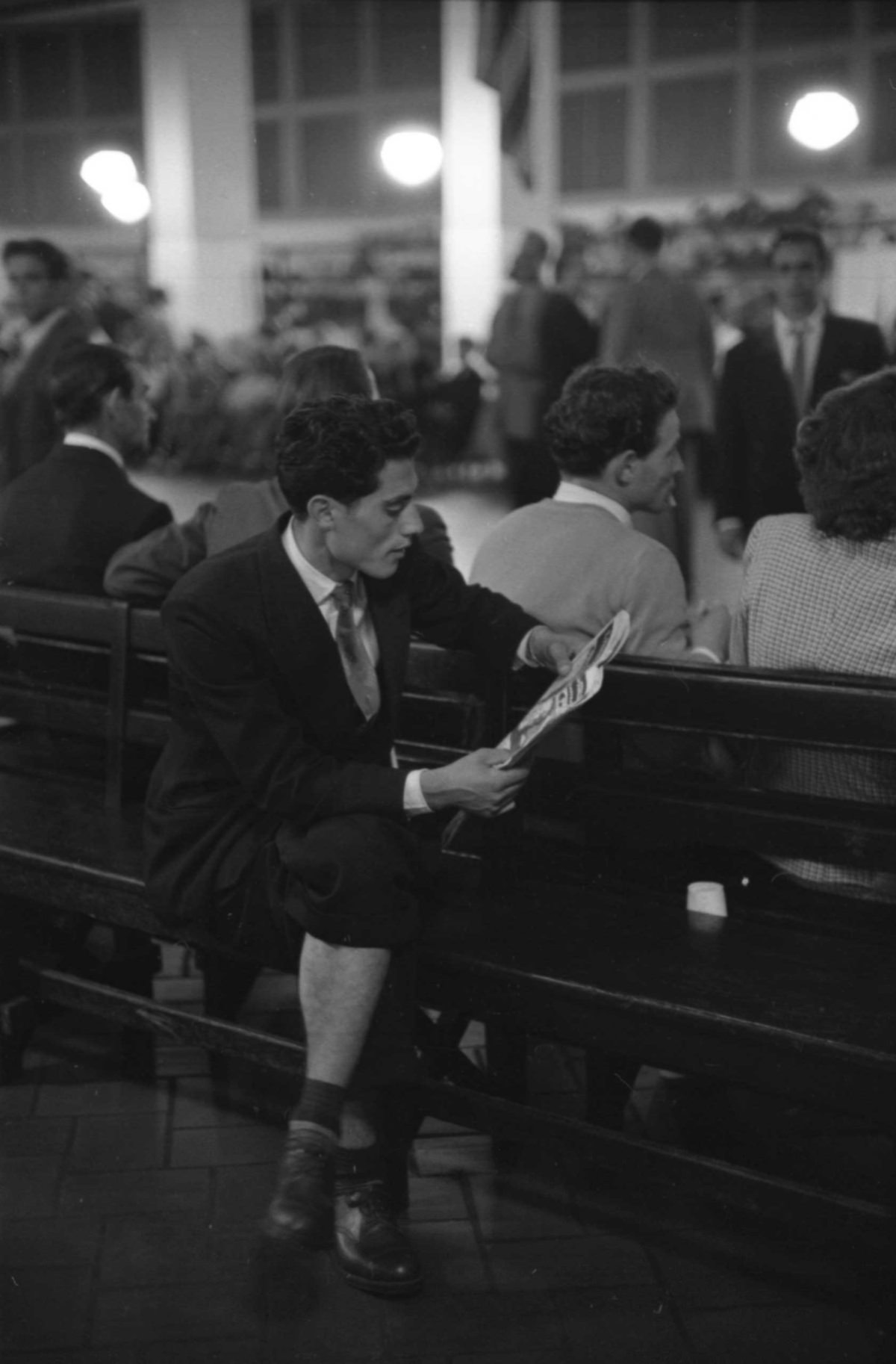
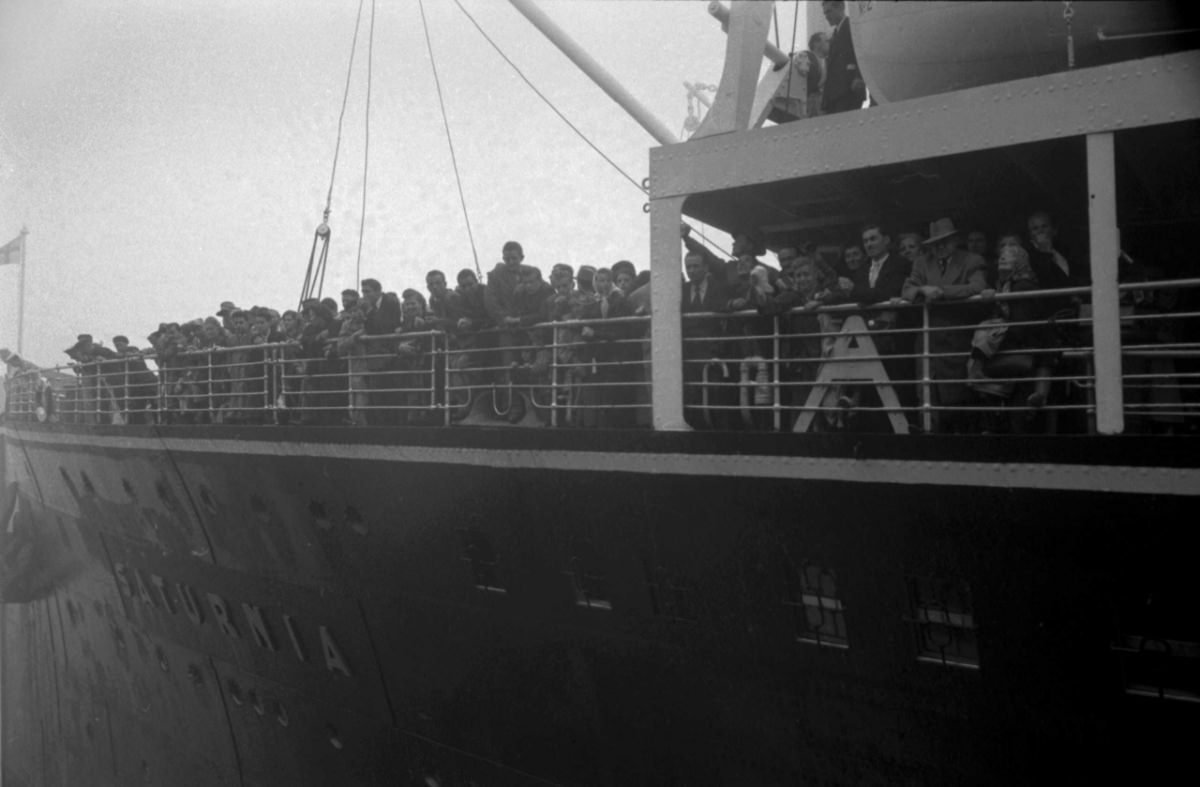
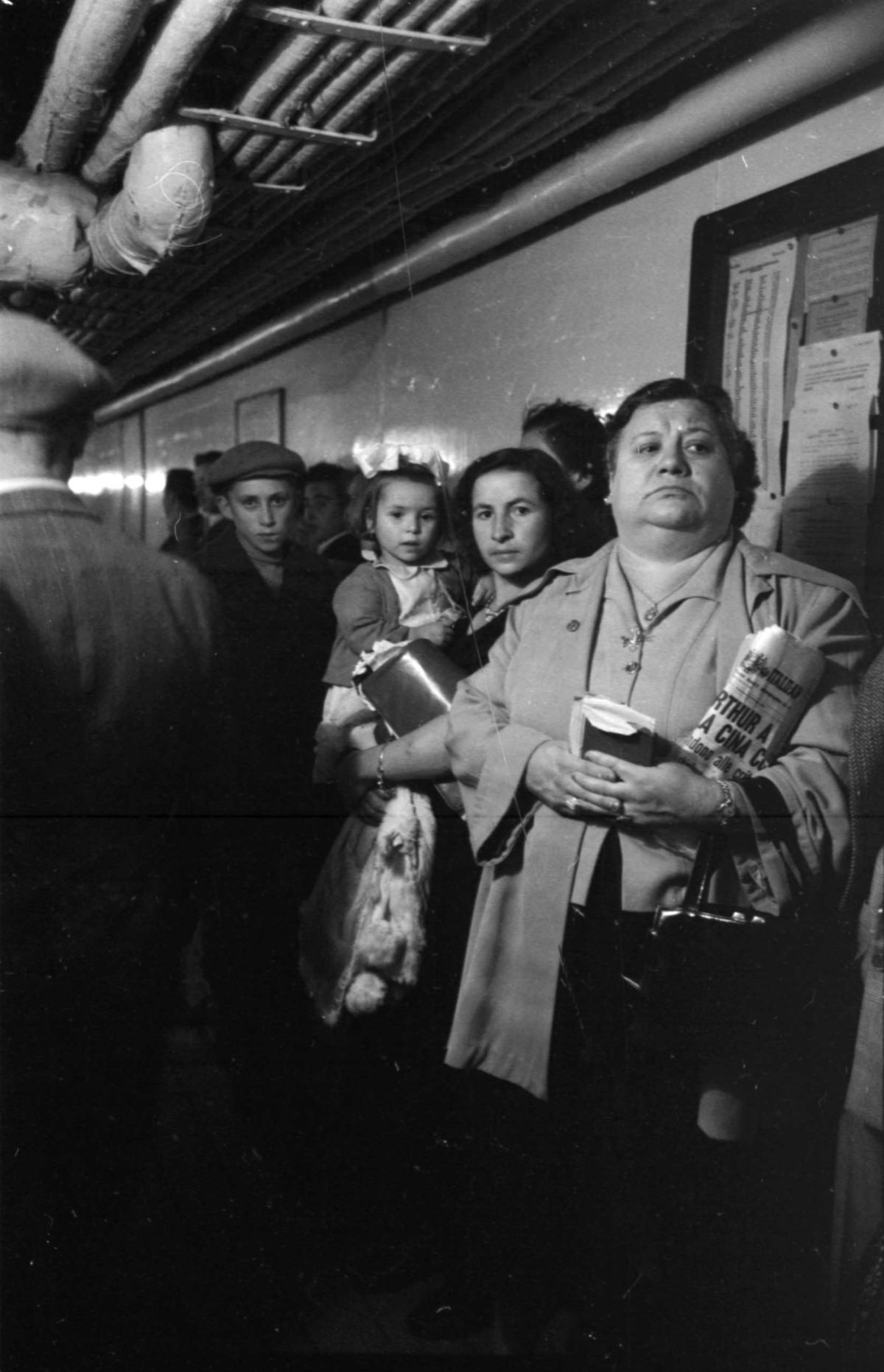
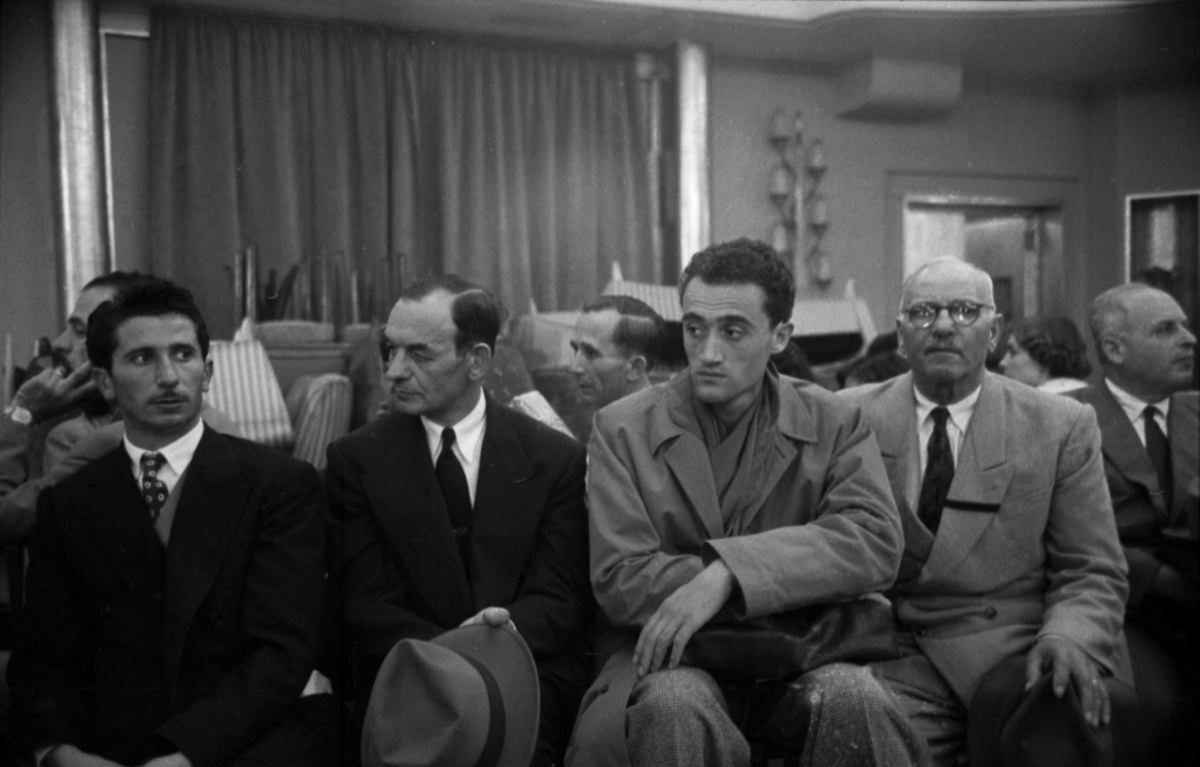
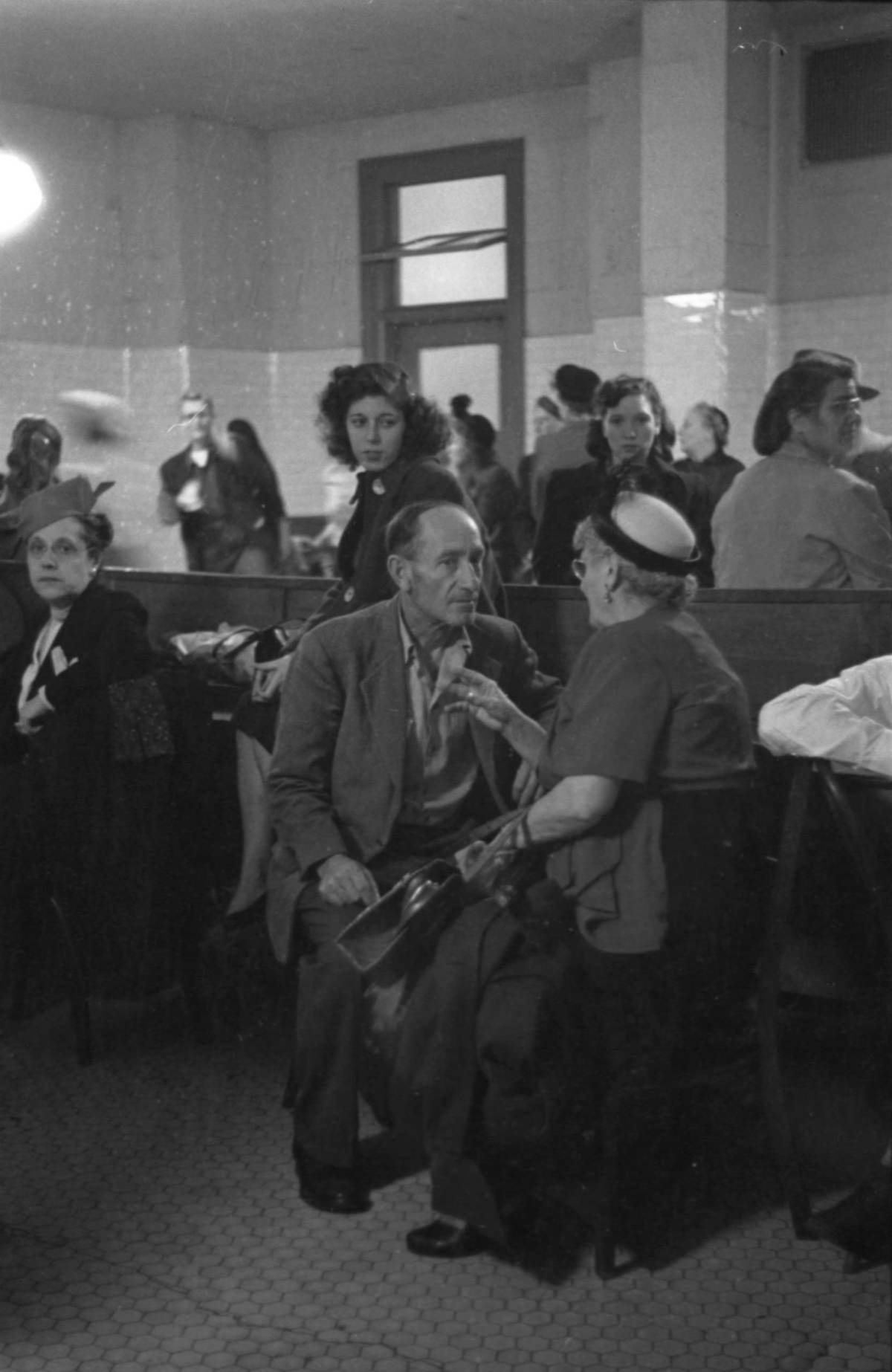
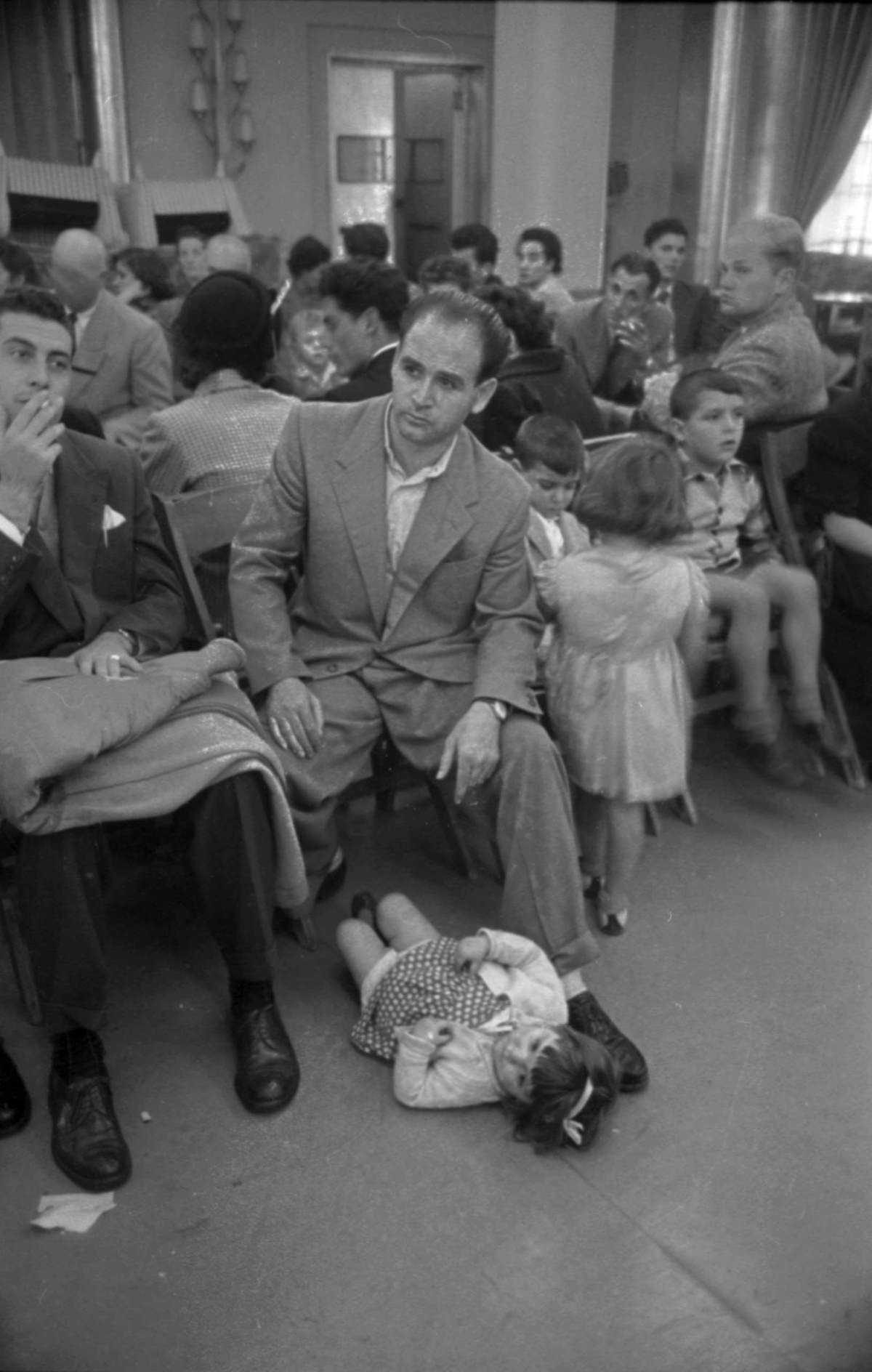
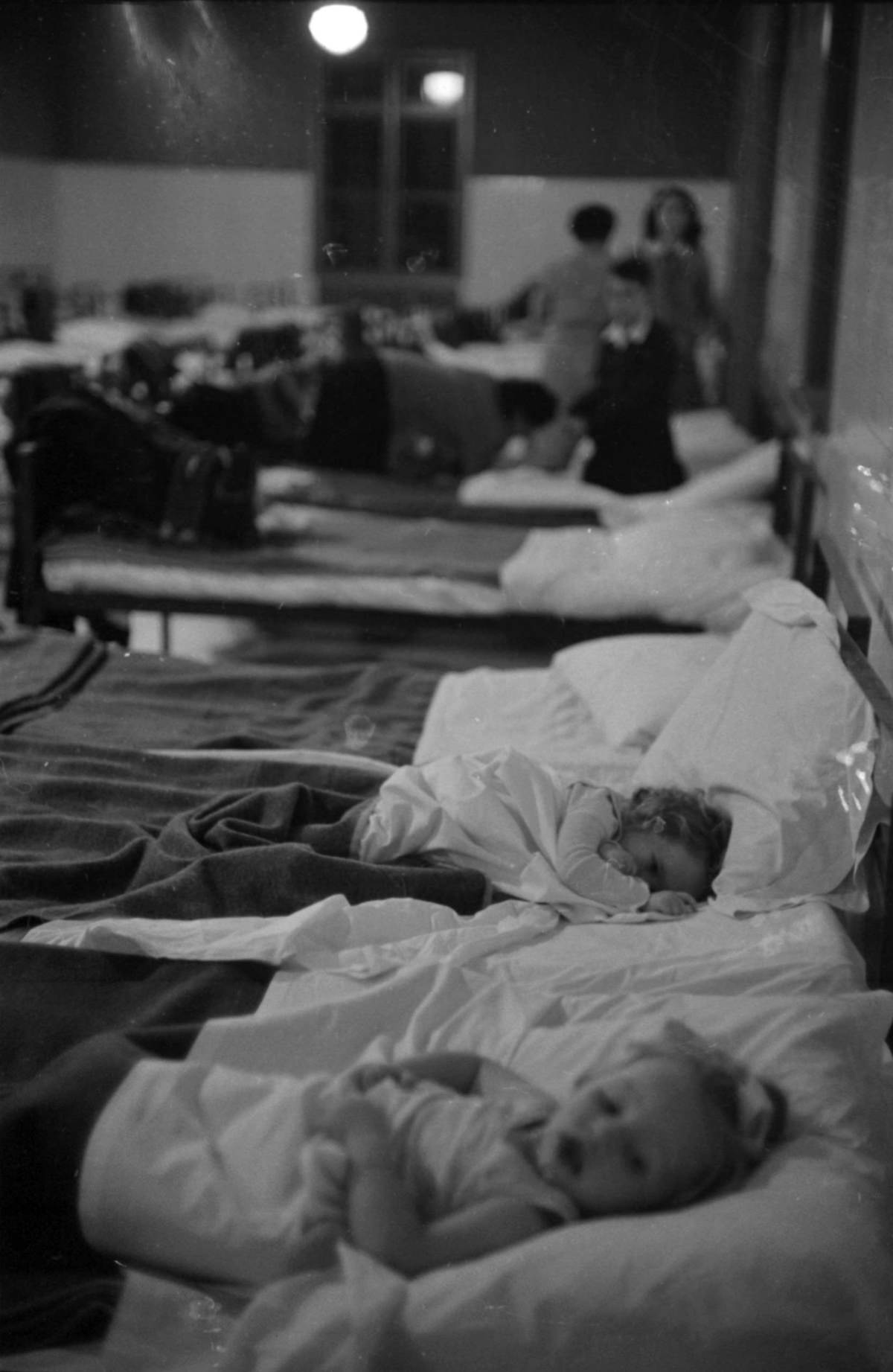
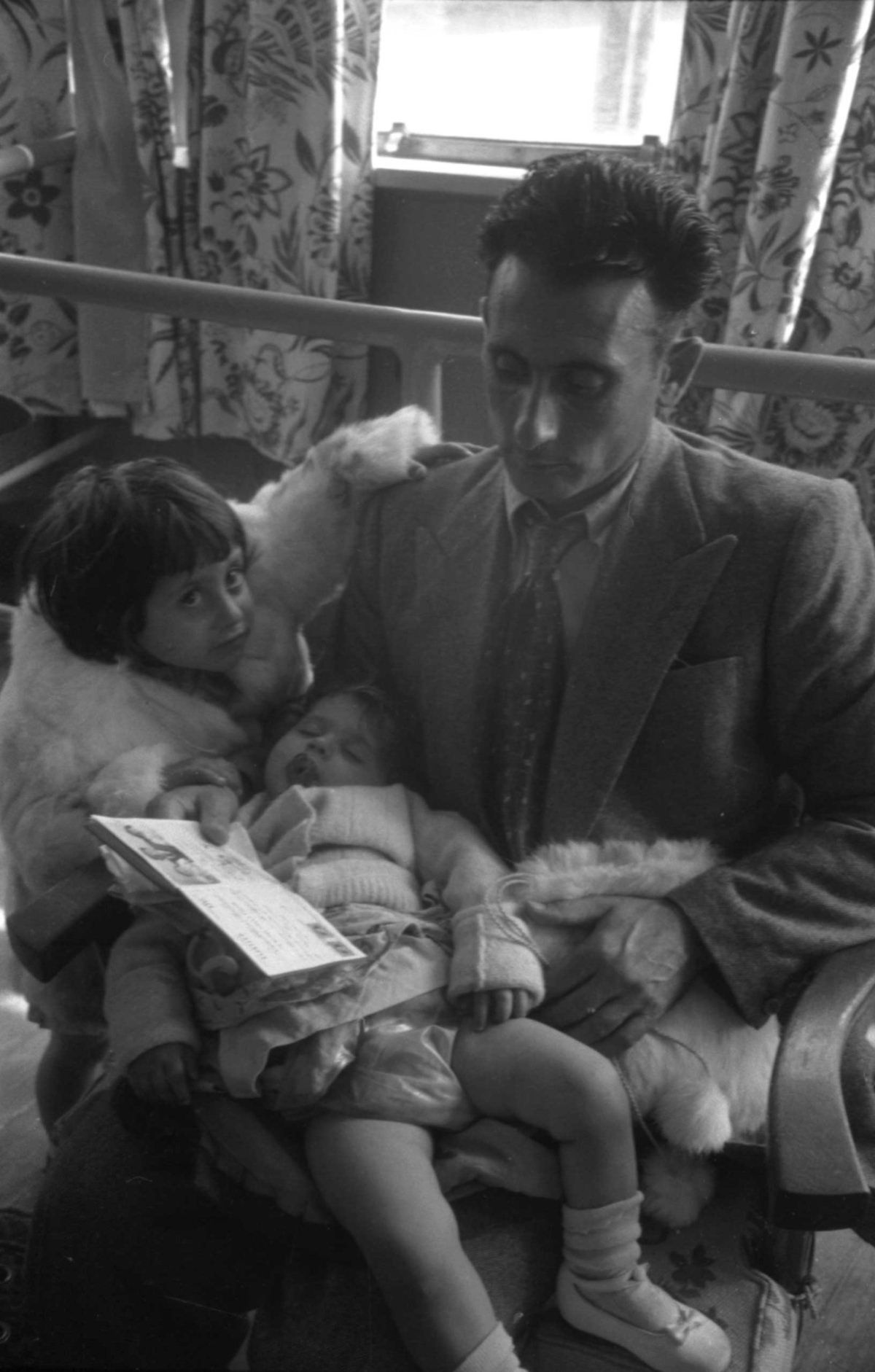
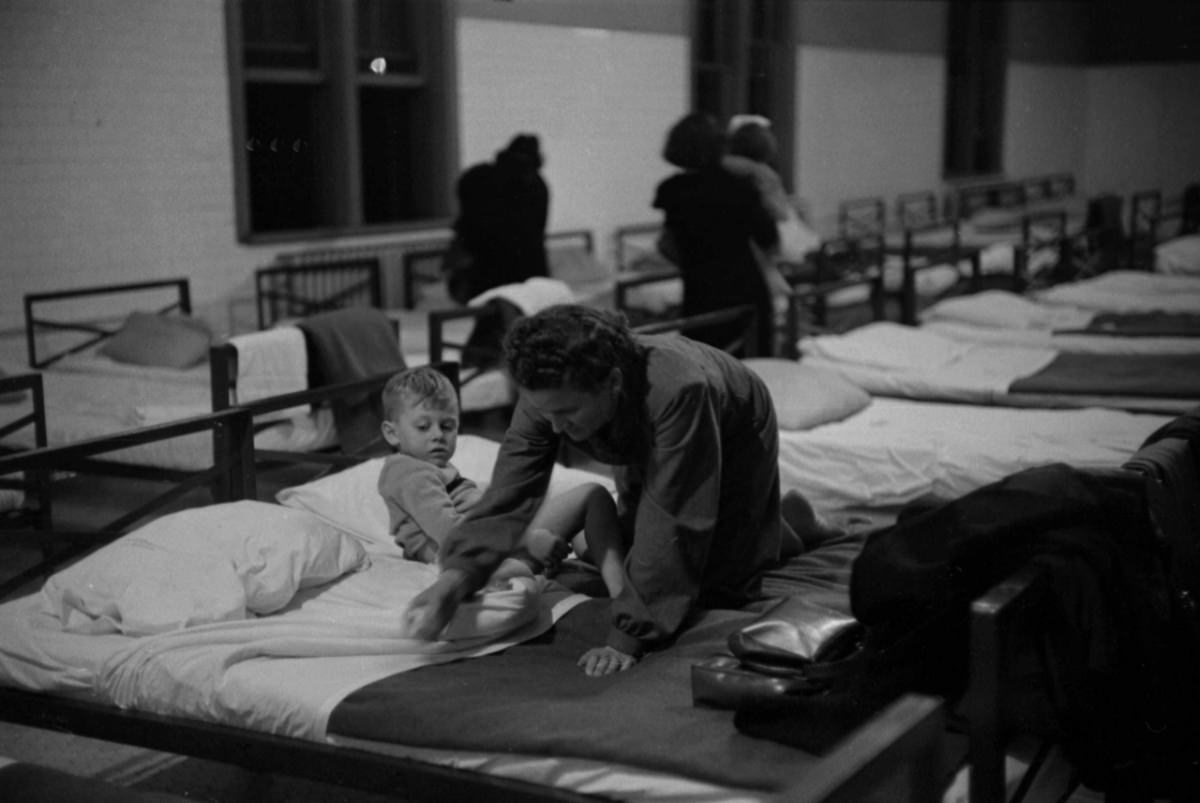
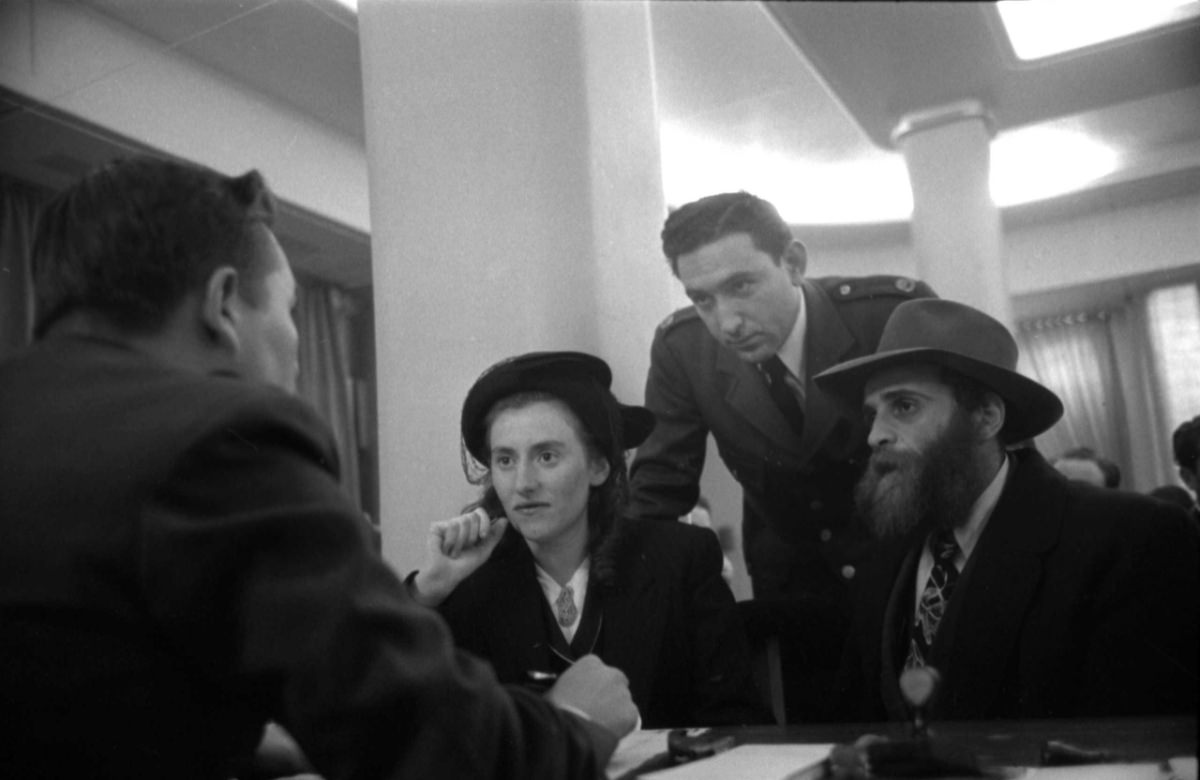
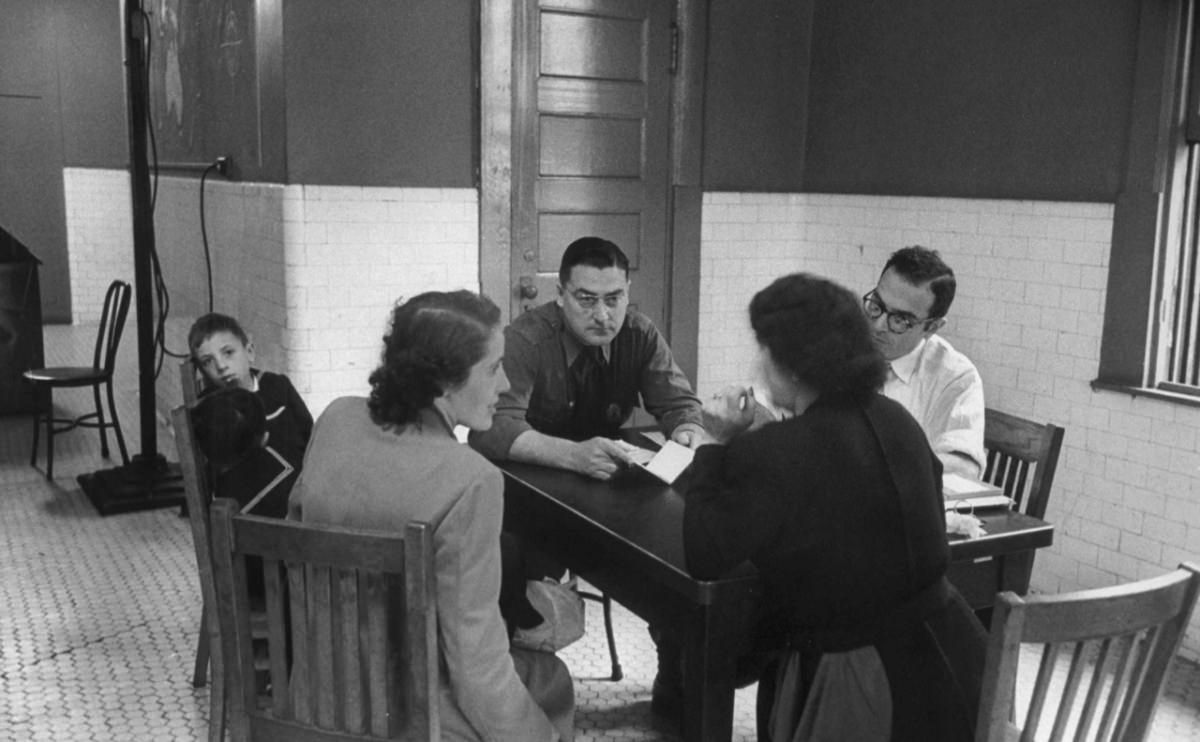
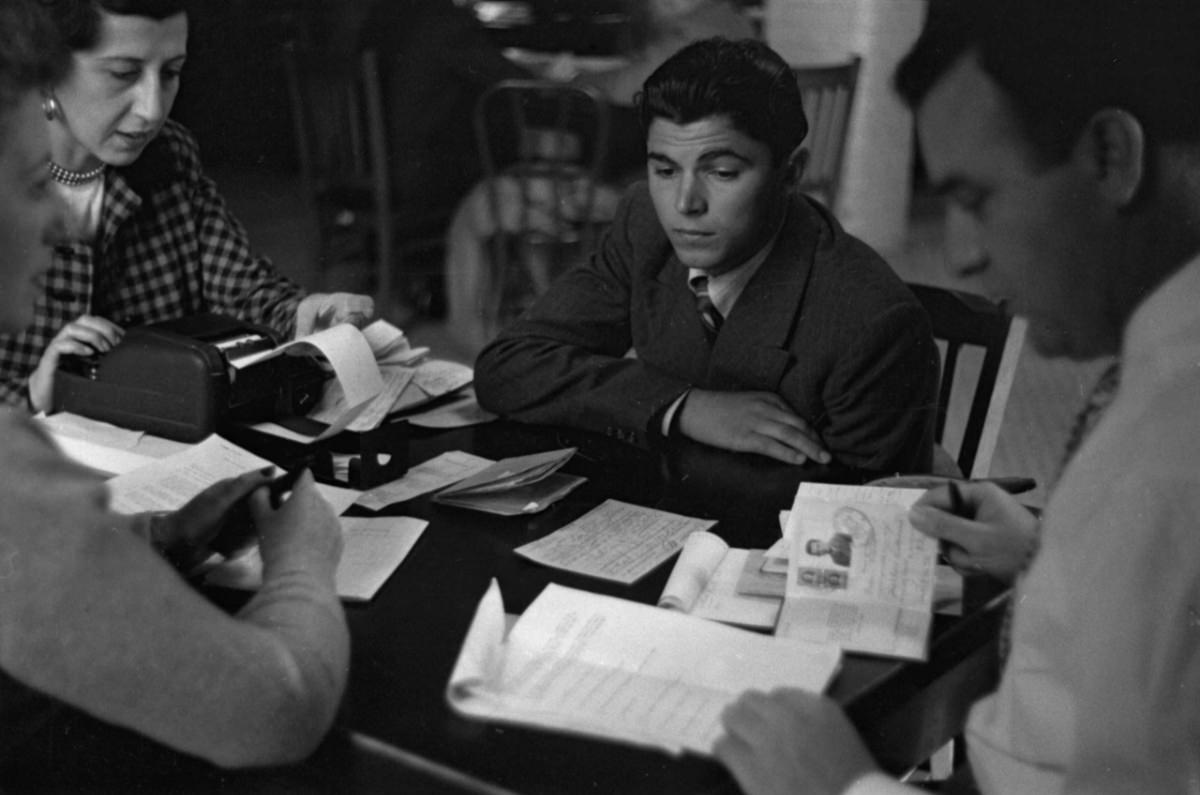
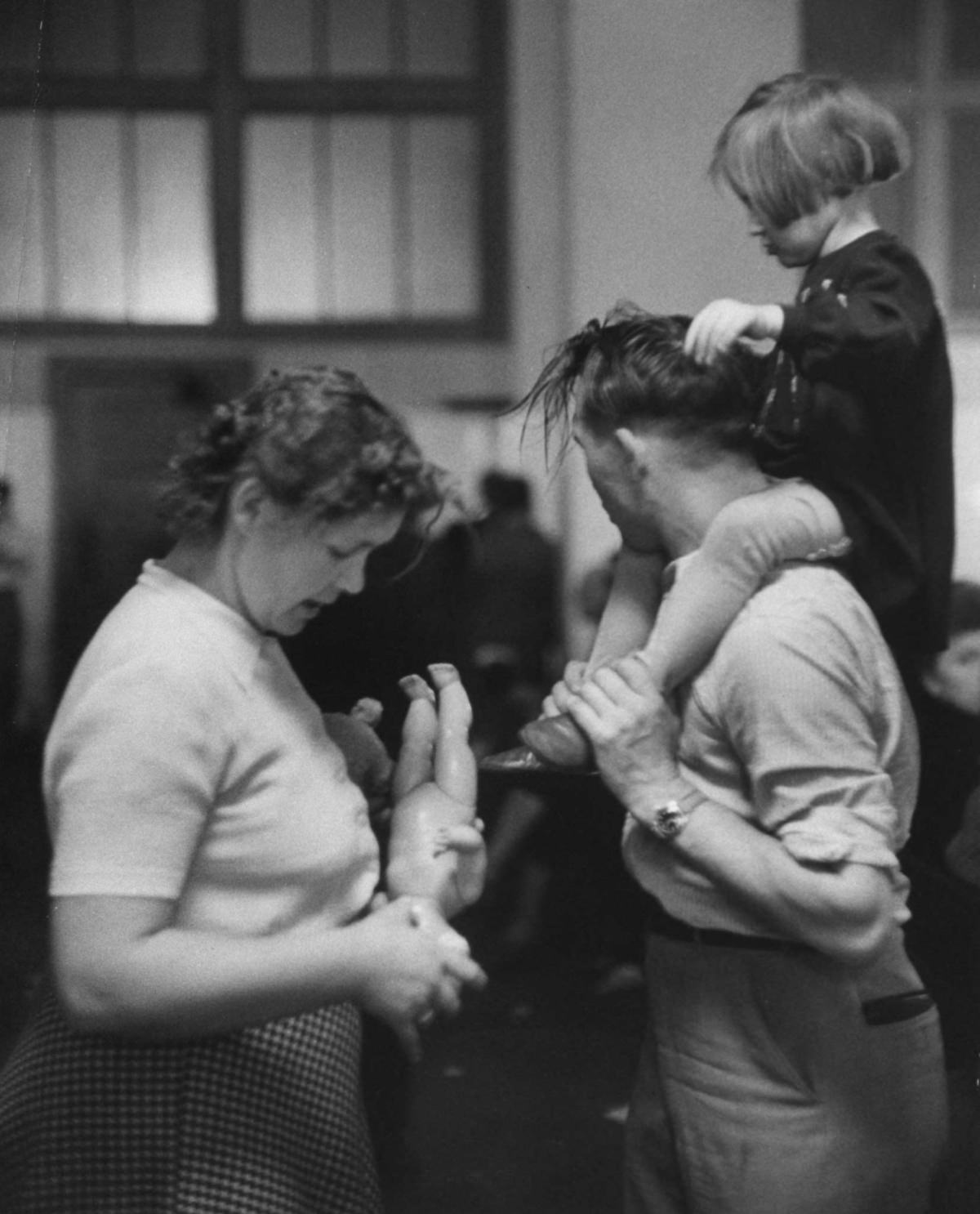
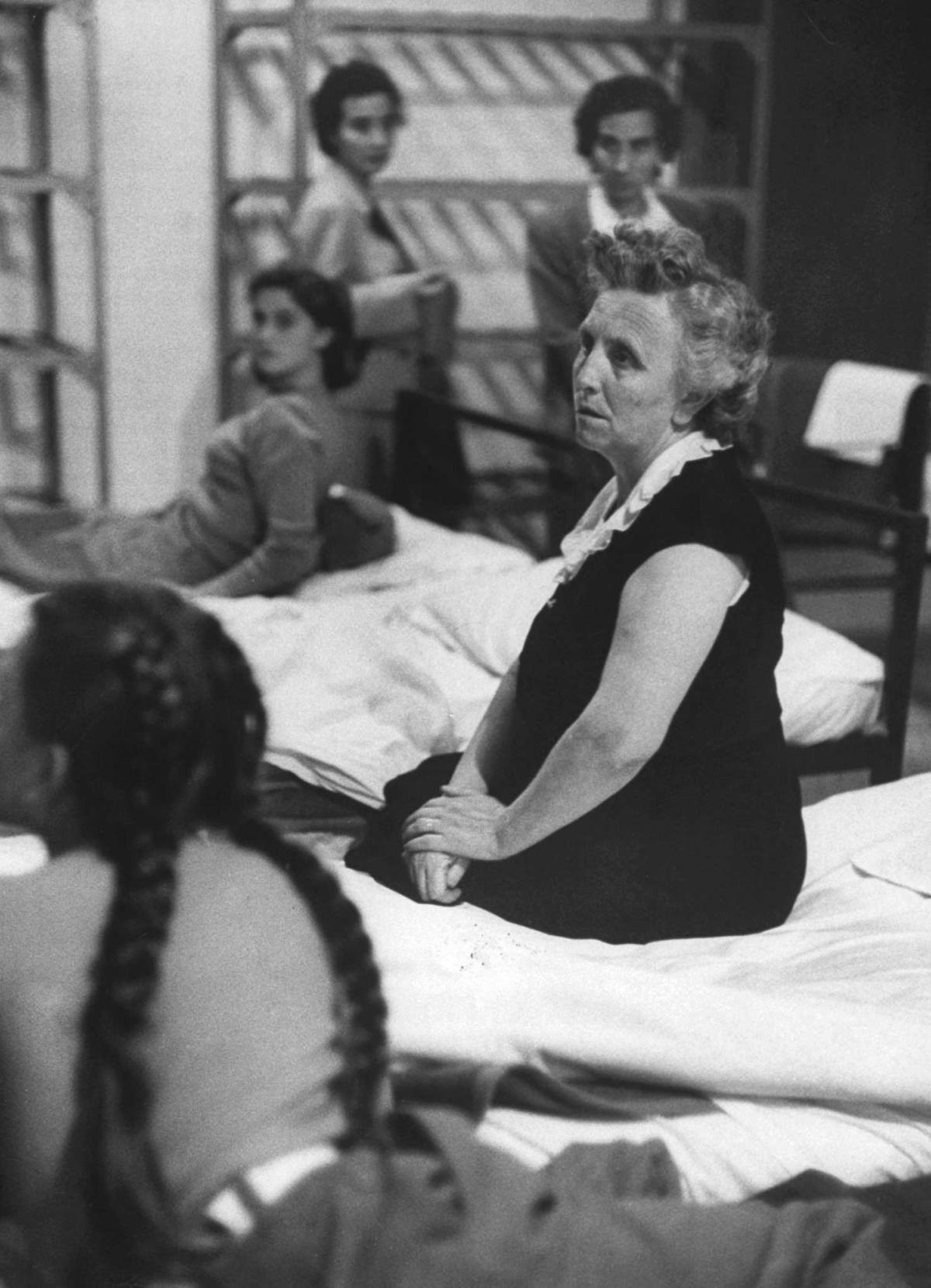
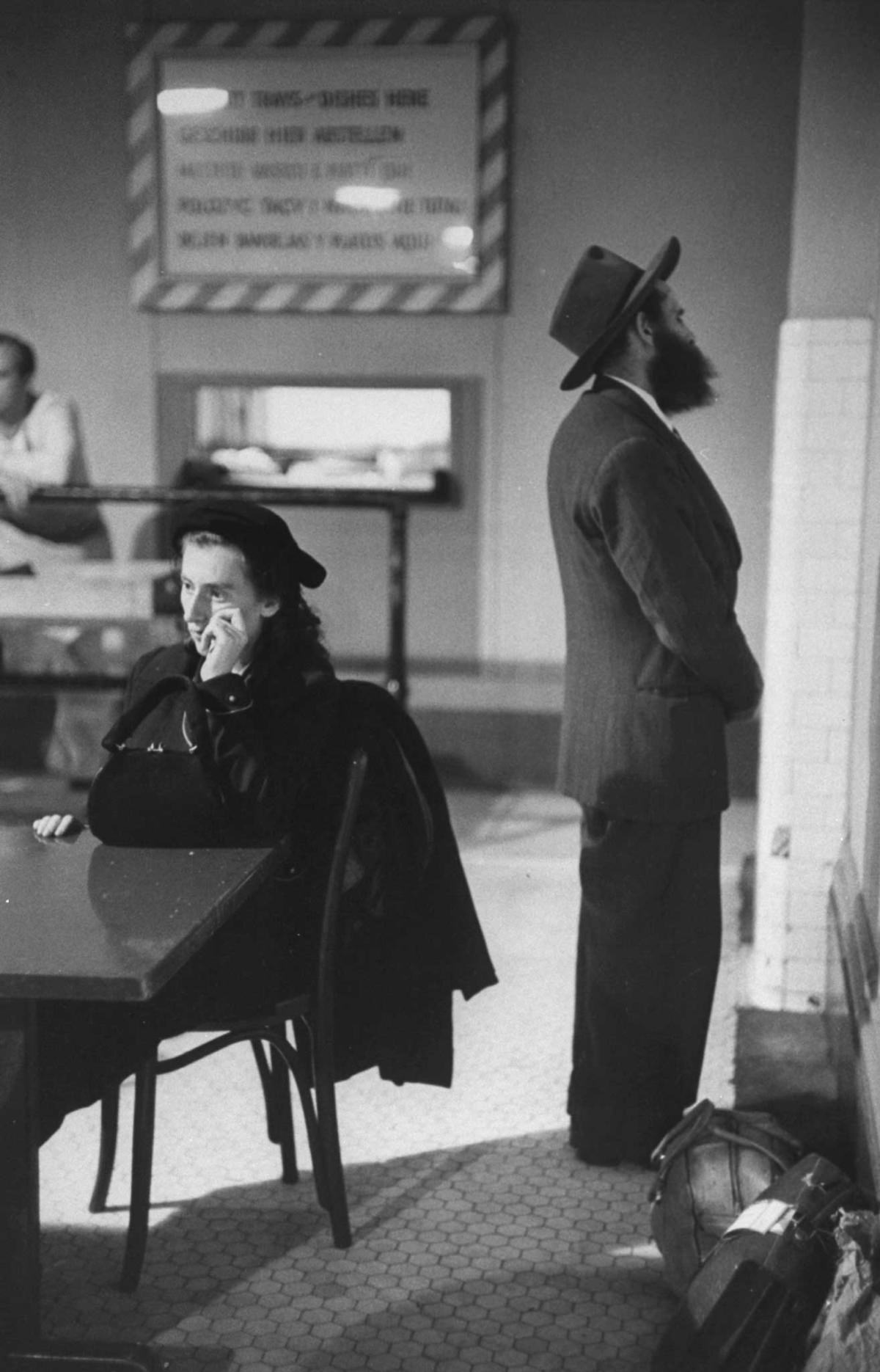

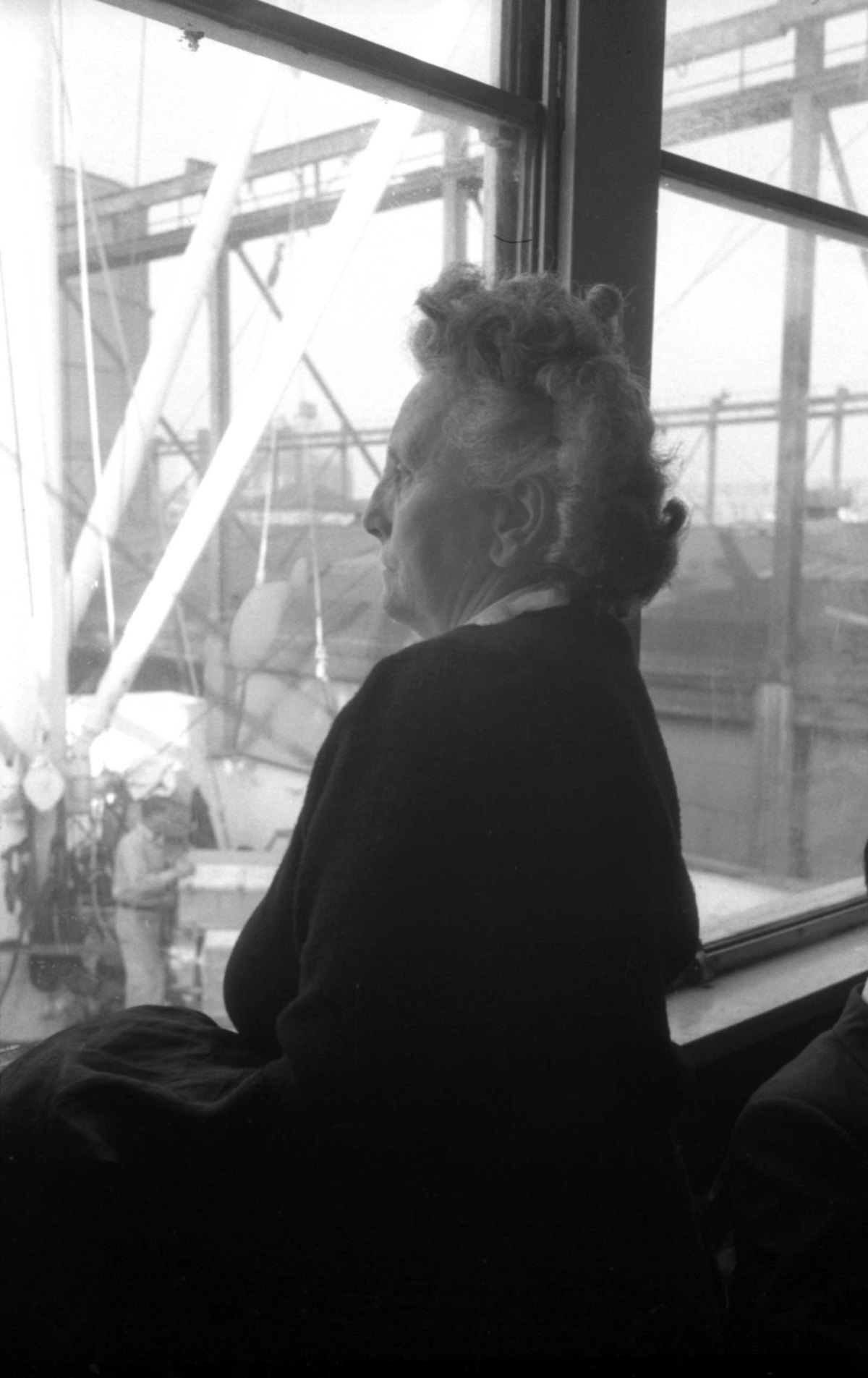
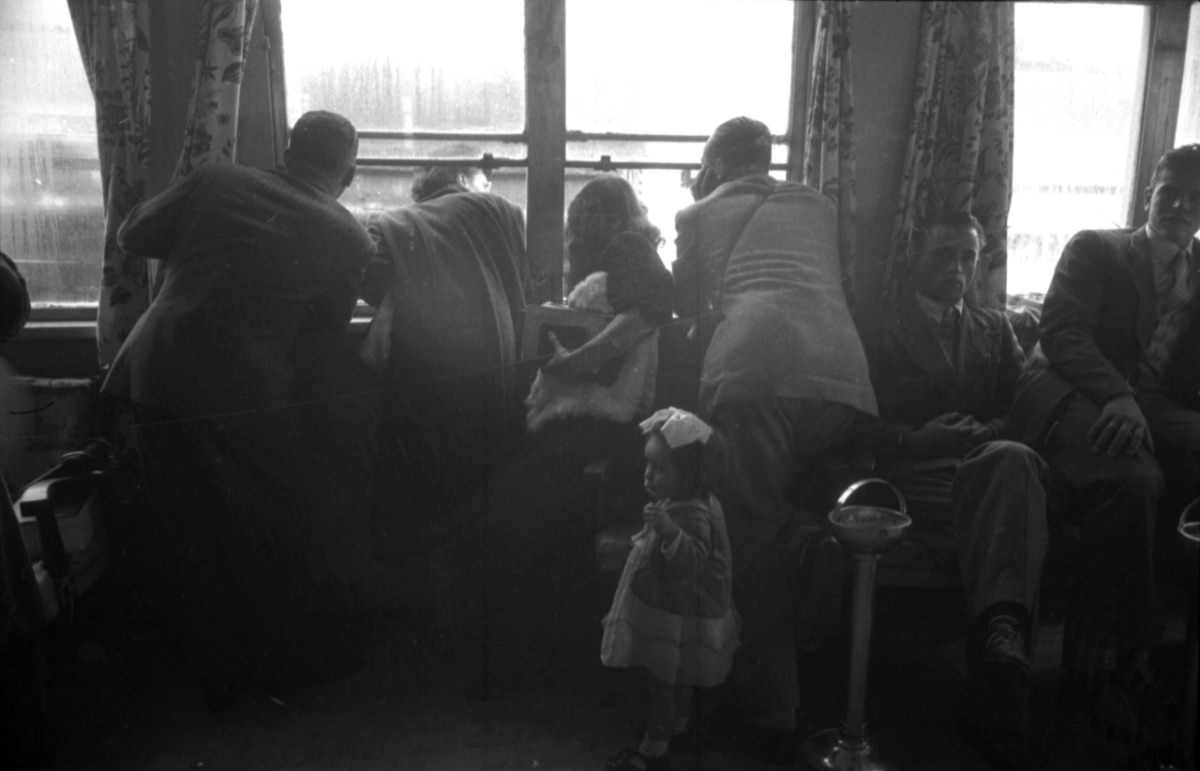
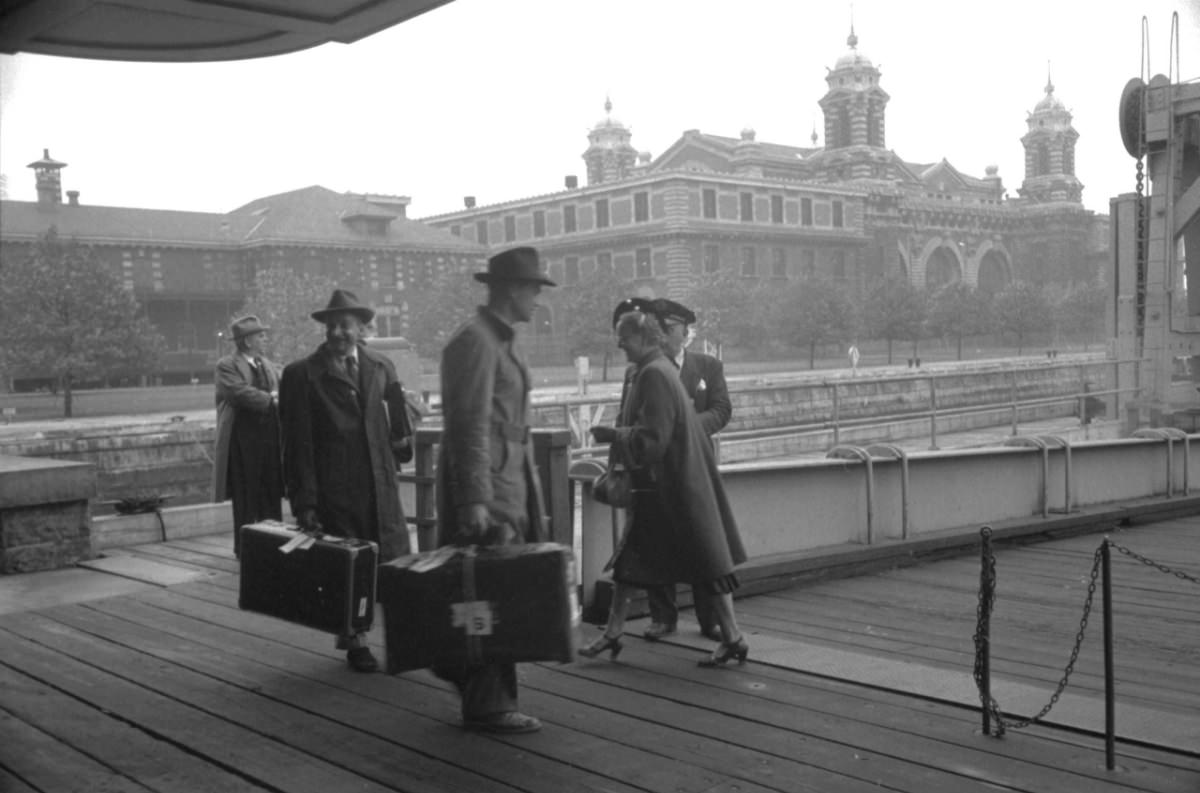
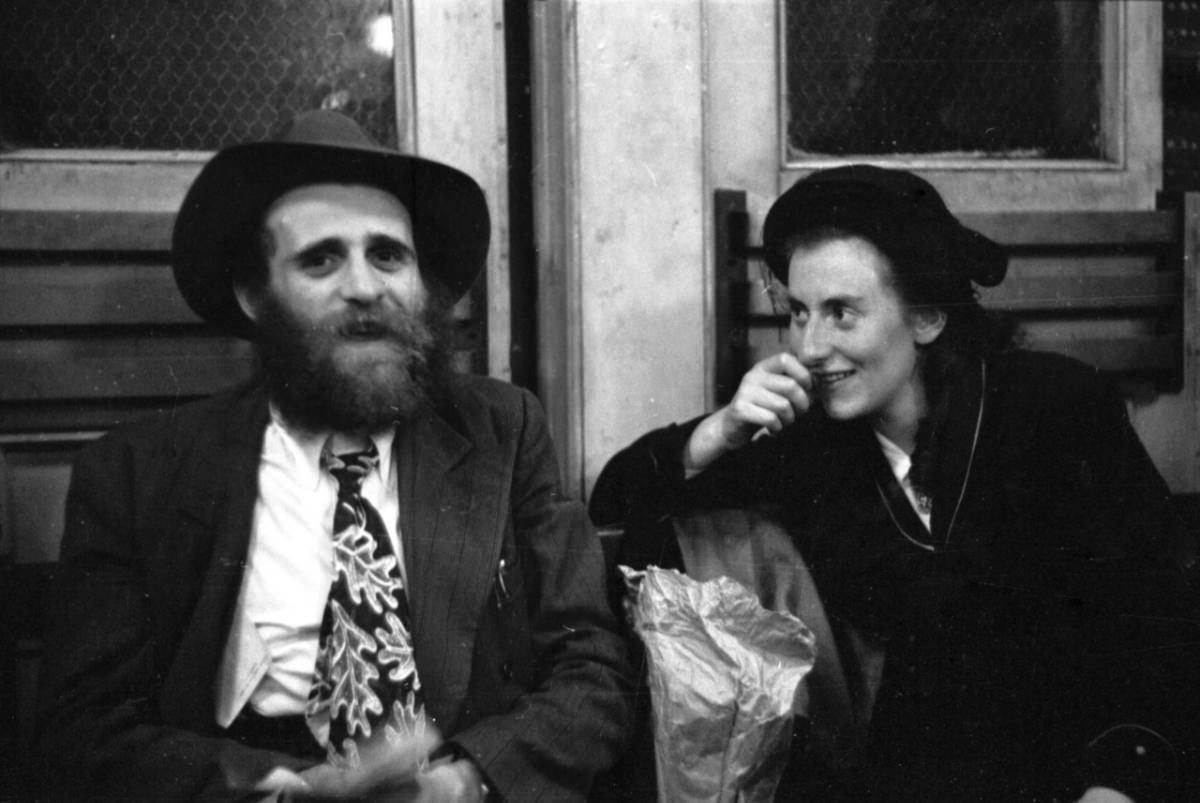
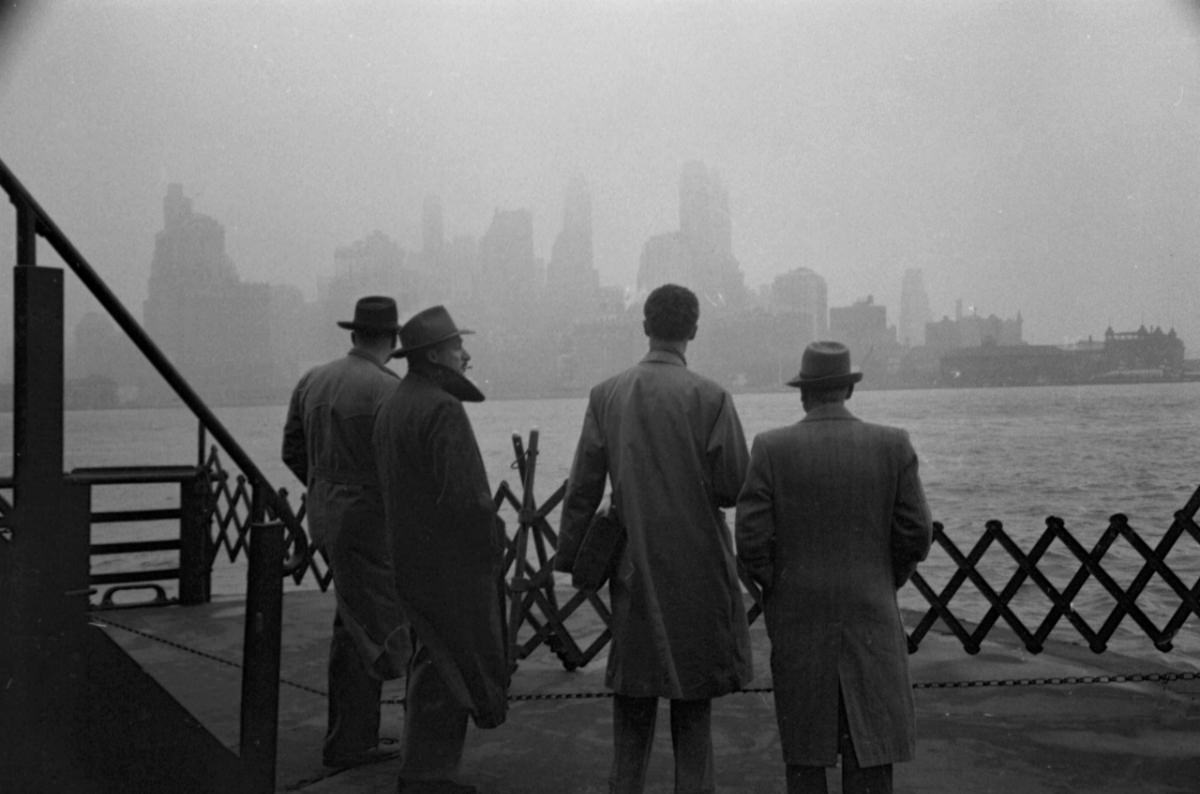
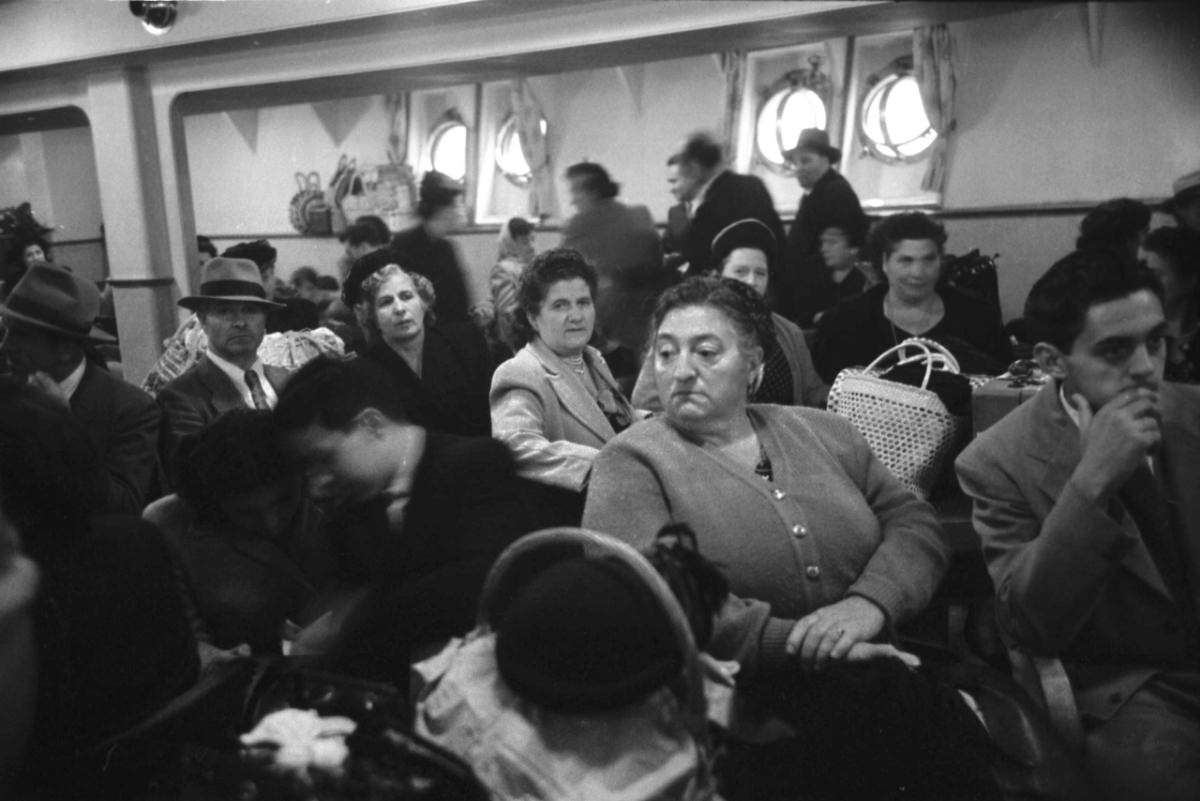

GIPHY App Key not set. Please check settings